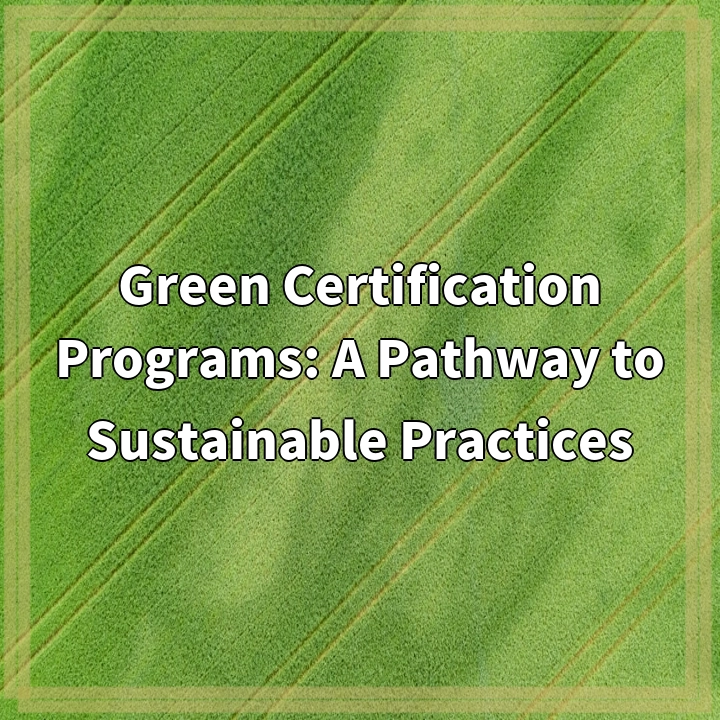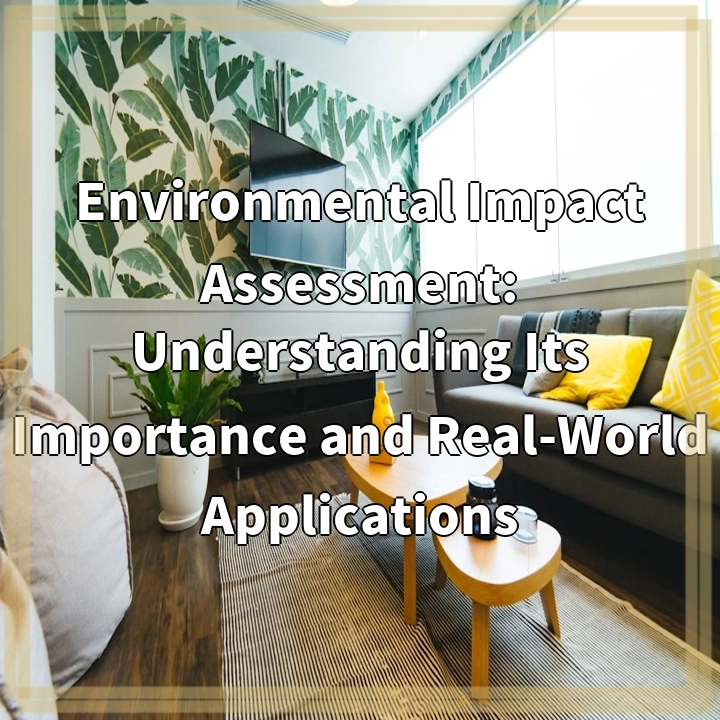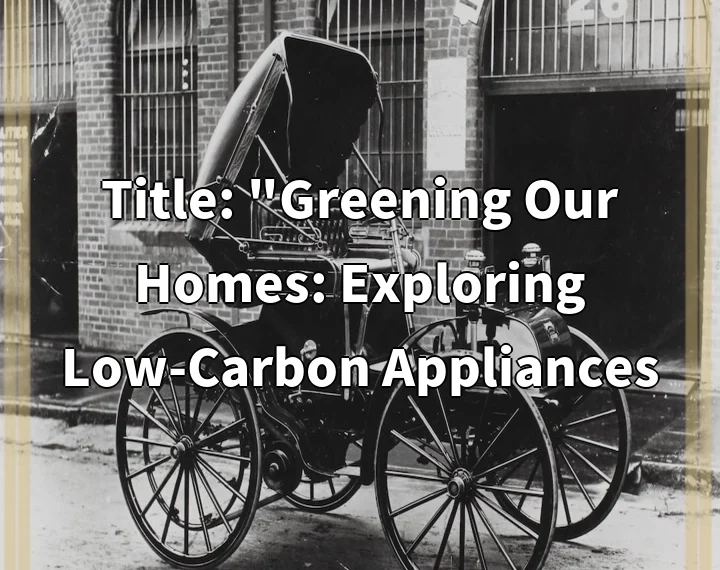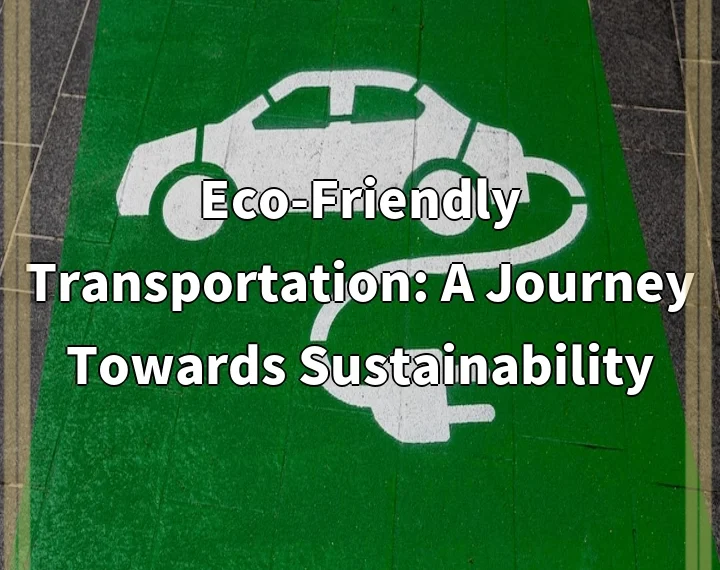
What it is:
Green certification programs are structured initiatives designed to recognize and promote sustainable practices across various industries. These programs provide a framework for organizations to assess their environmental impacts, implement sustainable practices, and obtain certification as a benchmark of their commitment to preserving the environment. Certification can cover various sectors, including construction, manufacturing, agriculture, and hospitality, encouraging businesses to adopt green strategies that reduce waste, conserve resources, and improve overall efficiency.
Types of Green Certification Programs
Several green certification programs exist, each catering to different industries and sustainability goals. Common programs include the Leadership in Energy and Environmental Design (LEED) for buildings, the Energy Star certification for energy-efficient appliances, and the Rainforest Alliance certification for sustainable agriculture. By obtaining these certifications, businesses can not only demonstrate their commitment to sustainable practices but also enhance their marketability and appeal to environmentally conscious consumers.
Real-world Problems
Despite their intended benefits, green certification programs face a range of real-world challenges that can impede their effectiveness and widespread adoption. One major issue is the complexity and cost associated with obtaining certification. Many small and medium-sized enterprises (SMEs) may find the certification process financially burdensome or overly complicated, discouraging them from pursuing sustainable practices.
Inconsistency in Standards
Another significant challenge is the inconsistency in standards and criteria among different green certification programs. Without a universally accepted set of metrics, businesses may struggle to navigate the various certification options, leading to confusion and potential greenwashing—where a company markets itself as environmentally friendly without making substantial changes to its practices.
Limited Awareness and Understanding
Furthermore, limited awareness and understanding of green certification programs among businesses and consumers can hinder progress. Many companies might not be aware of the benefits of certification or how to begin the process. Similarly, consumers may have difficulty recognizing certified products or understanding what the certifications truly signify.
Impact Measurement
Finally, measuring the actual environmental impact of certified practices can be challenging. While certification programs provide a framework for assessment, quantifying long-term benefits and ensuring compliance with sustainability standards often requires ongoing monitoring and support, which may not always be feasible.

Solutions to Enhance Green Certification Programs
To address the challenges faced by green certification programs, a multifaceted approach is necessary. By streamlining the certification process, increasing awareness, and enhancing standards, we can improve the efficacy and accessibility of these programs.
Simplifying the Certification Process
One key solution is to simplify the certification process for small and medium-sized enterprises (SMEs). Developing clear, user-friendly guidelines and reducing bureaucratic barriers can make it easier for businesses to engage with sustainability initiatives. Additionally, offering financial incentives or support for SMEs can help alleviate the cost burden associated with obtaining certifications.
Standardization of Criteria
Establishing industry-wide standards for green certification programs is crucial for promoting consistency. A unified set of metrics would help businesses easily navigate the certification landscape, reducing confusion and the risk of greenwashing. Collaborations between certifying bodies and industry stakeholders can lead to the development of such standards.
Increasing Awareness and Education
To improve awareness and understanding, targeted educational campaigns can be launched to inform both businesses and consumers about the benefits of green certification. Workshops, webinars, and informational resources can demystify the certification process, making it more approachable. Enhanced marketing strategies can also help consumers recognize and trust certified products.
Improved Impact Measurement
Finally, developing better tools for measuring and reporting the environmental impacts of certified practices can help ensure accountability. Implementing ongoing monitoring systems that track sustainability outcomes can provide businesses with valuable data, enabling them to showcase their achievements and areas for improvement.















